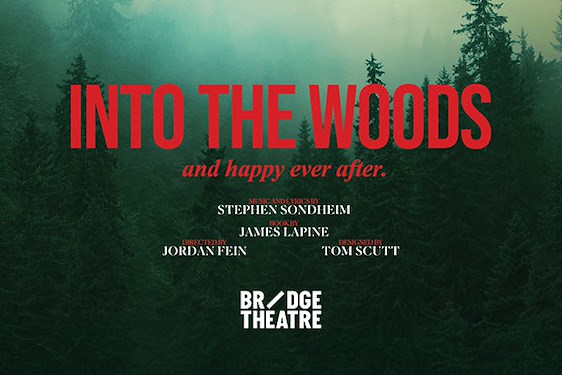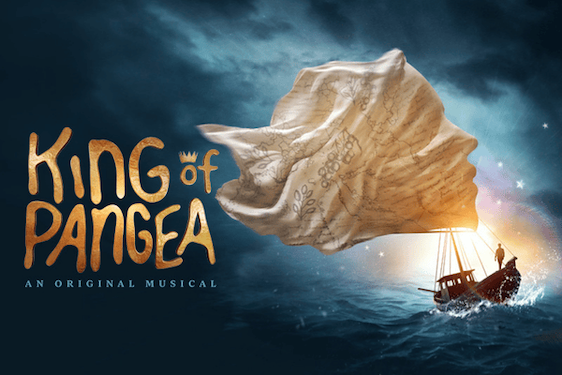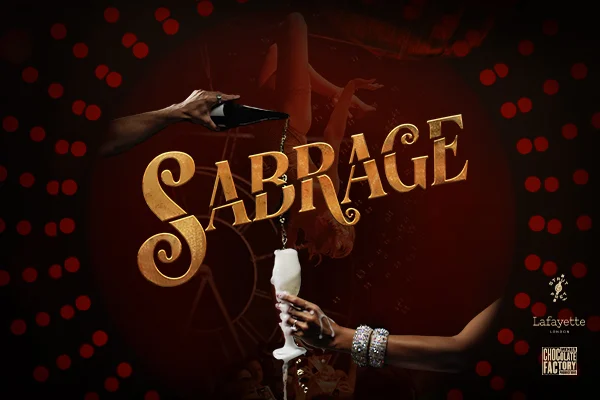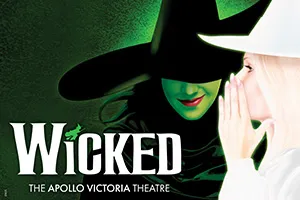Where are the knights of yesteryear? A masterclass in barebones storytelling, Debbie Cannon’s one-woman Green Knight has us spellbound.
Musings on age, time and womanhood
Our room in the Scottish Storytelling Centre is small and – on this day – swelteringly hot. Unphased, Cannon enters as the ceiling becomes bathed in a green light, with nothing but a few unassuming props – a green apple, a golden bowl, a white sheet – to adorn the stage. The story comes from the medieval poem Sir Gawain and the Green Knight, as Christmas at Camelot takes a head-turning twist (wink, wink!) The brilliance of this tale lies in its teller: the wife whose husband devises a clever game for Gawain.
Cannon’s words have a lyrical quality to them that is difficult to fault. Never pretentious, the story is woven with absolute clarity before our eyes. Musings on age, time, and womanhood are spoken with such candid simplicity that they take you completely off-guard. “To whom do I belong?” asks a woman learning to be a widow, a daughter without a father, a mother. And reflections on unwanted male attention, violence witnessed by young eyes and wives neglected by their husbands are handled so tenderly they pierce even more profoundly than we first think.
Dramaturg Jen McGregor and director Flavia D’Avila must be commended for clarity of vision, as Cannon uses domestic props to take us from the bedroom to the battlefield with a sprinkling of imagination. Oh, and what a magnificent impression of a dragon!
It is an age-old fault in the original poem, but after an empowering speech on the beauty of female ageing – of a woman who can “stall time or coax it into submission” - it felt like a missed opportunity to leave the mysterious, old women vilified and voiceless. What was her story?
As Cannon beautifully reminds us, “sumer is icumen in,” but take an hour out of the sun to hear a centuries-old tale told by a master of her craft. It is more than magic: it’s the stuff the Fringe is made on.


















